Ralph Baer: "Video Games, I'm your father!"
"I can never thank Ralph enough." Steve Wozniak, Co-founder Apple Computers

Ralph Baer designed the first light
Year 1951 . Baer worked as a senior engineer in the defense company Loral Electronics, he developed an analog computer for radar installations. Knowledge in this area was very useful to him when working on video games. One of the tasks was to develop a model of black and white TV.
At that time, only all electronics companies tried to master this promising market. While working on a television receiver, Baer thought, why not do something in it that distinguishes him from the works of competitors: for example, a special channel operating on the frequency of television channels 3 or 4 (they were not busy at that time). Baer called this channel LP (Let's Play!), And on it the TV viewer could ... play interactive games.
')
Thoughts about LP, written in pencil in a notebook, Baer shared with his boss, Loral Senior Engineer Sam Leckof, who commissioned Baer to create "the best TV in the world." In response, he heard the bureaucratic: “Forget it, man. Just make this damn TV. We are so wildly out of the schedule. " The concept of video games has been waiting for 15 years .
Brown box
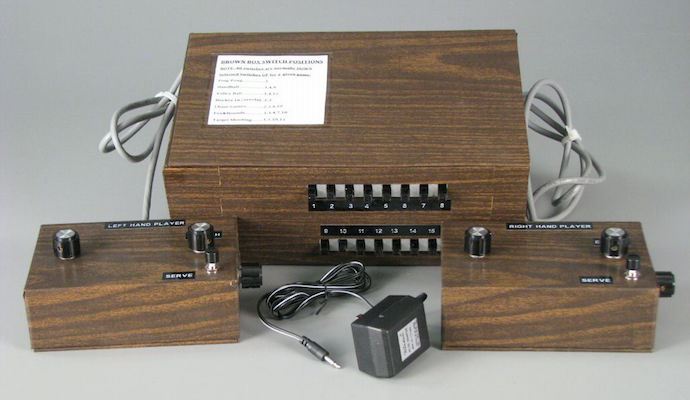
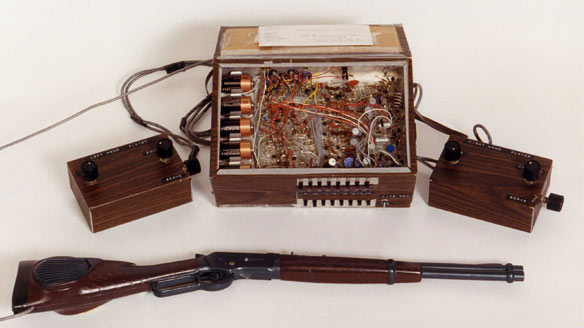
Baer’s first experiments on the use of a television screen for games refer to 1966. Enlisting the support of two engineers and receiving $ 2,500 for the experiment (about $ 17,000 in 2014 prices), Baer created the Brown Box for two years - the world's first console system for video games. It received its name in honor of the fact that its outer coating was made under veneer. For four years, Baer could not find a company that would undertake to promote this unusual product to the market. This happened only in 1972, when Baer modified his “Brown Box” - this console was named Magnavox Odyssey.
Magnavox odyssey
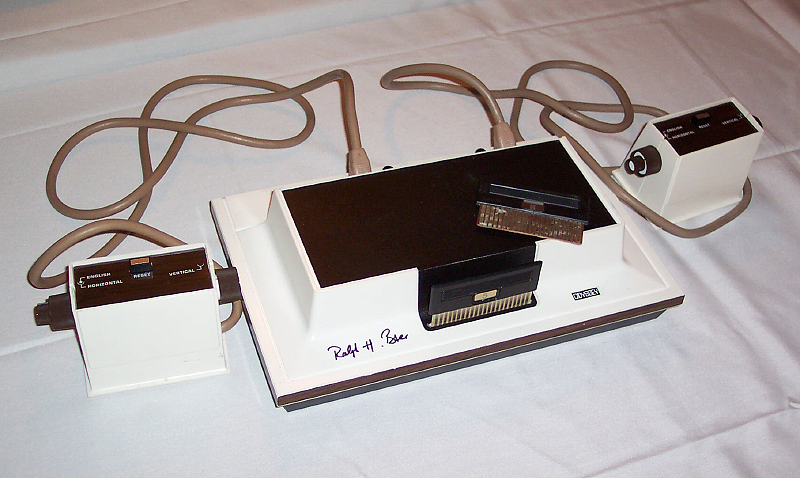
Console advertising
Unboxing
Magnavox Odyssey FAQ
After long negotiations, Baer was able to sign an agreement with electronics manufacturer Magnavox. In the 72nd year, the first game console, Magnavox Odyssey, goes on sale. For her created 27 games on 12 cartridges. On the eleventh cartridge the game Basketball was originally supposed to appear; basketball eventually appeared on the eighth cartridge, and the eleventh was not released.
Odyssey's capabilities were limited: only three points were displayed on the screen, which represent two players and a ball, as well as a dividing line between players. To improve the effect of the game, the package included transparent overlays on the TV, which imitated the color and conditions of the game.
In addition, poker chips, dice, game boards similar to those used in board games, as well as a sheet to keep score, went with the console, as games did not allow to do this on the screen.
From 1972 to 1975, about 330 thousand consoles were sold, in 1975 the production of Odyssey was curtailed and the model was replaced with the Odyssey 100, a simple Pong-shaped console.
Magnavox filed a lawsuit against Nolan Bushnell because the game “Pong” resembled “tennis” for Magnavox Odyssey. Over the next decade, Magnavox sued other large companies, such as Coleco, Mattel, Seeburg, Activision, and won or settled every case. In 1985, Nintendo sued Magnavox and attempted to invalidate Baer’s patent by claiming William Hijinbassam’s Tennis for Two video game was created in 1958. The court ruled that this game did not use video signals and could not be classified as a video game. As a result, Nintendo lost the lawsuit and continued to pay royalties.
Specifications
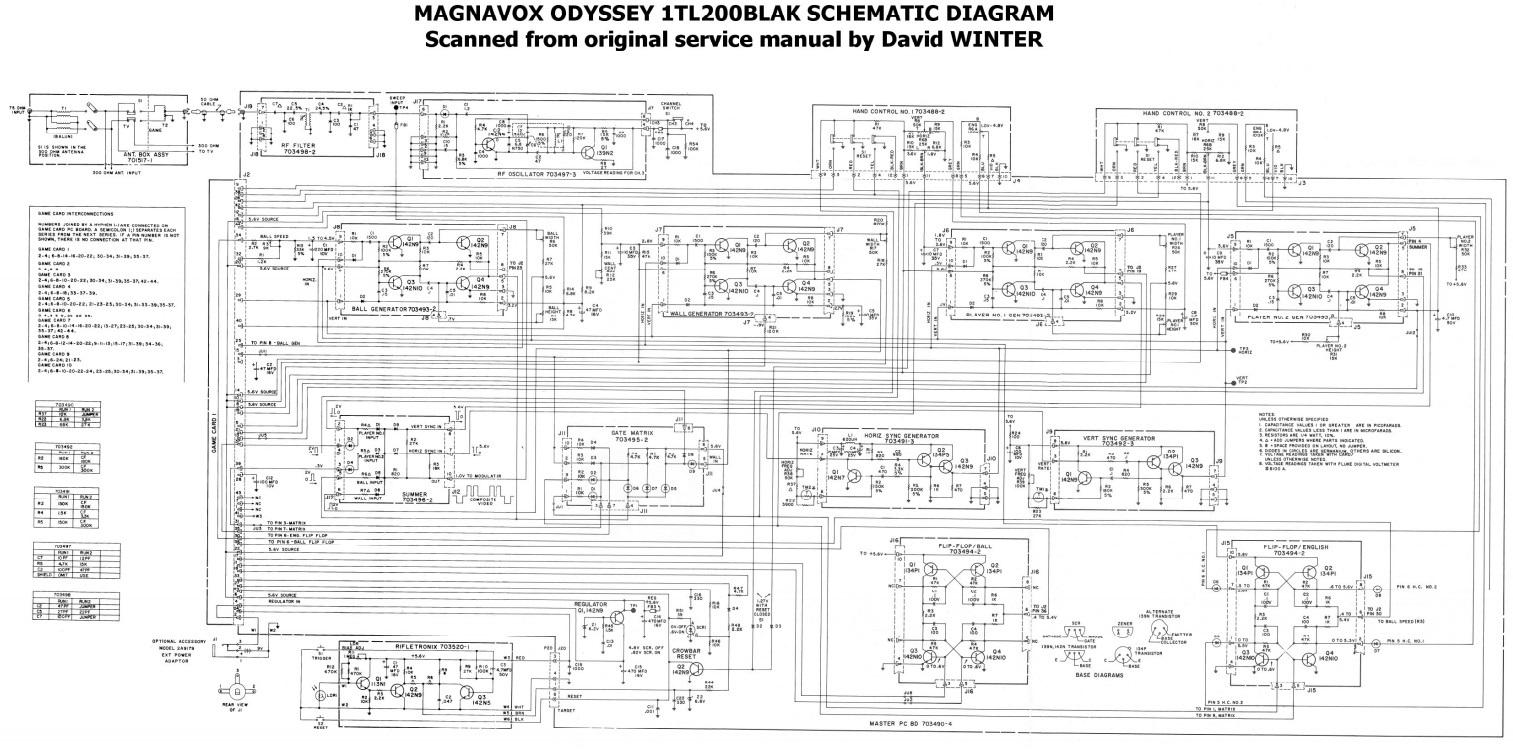
Large PDF here
By modern standards, this seems surprising, but the prefix did not have not only a microprocessor, but also microchips - Odyssey was based on diode-transistor logic implemented on discrete elements, and contained 40 transistors and 40 diodes. Many people mistakenly consider this system analog, explaining that the presence of discrete components. However, although the analog circuits were used to control the game (manipulators) and display information on the screen, the core of the game element synthesis itself was completely digital. Also, Ralph Baer himself considers the system digital.
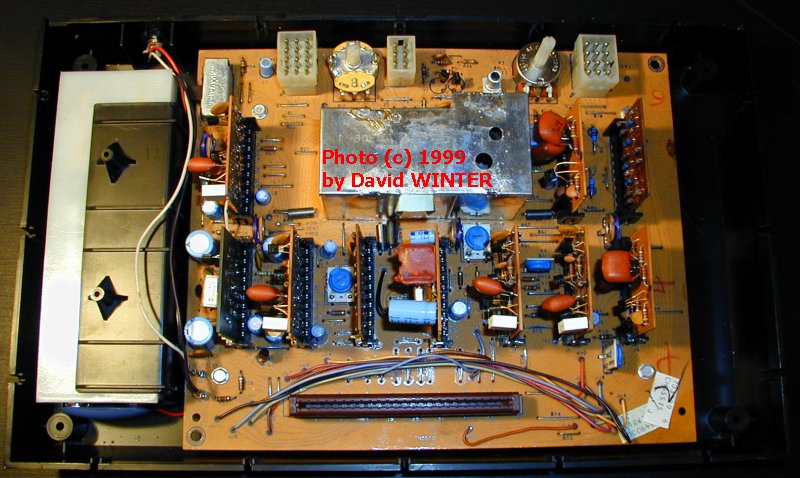
The console used special replaceable game cards that were inserted into the slot, similar to the cartridge slot in more modern game consoles. They did not contain any electronic components, only jumpers between the pins. These jumpers connected different signal generators inside the console to create an image on the screen. The prefix was able to display three points (two of them are player-controlled, one is a “ball”) and a vertical line in the middle of the screen.

Description of the modules here
The system was sold along with transparent plastic overlays that users had to impose on the TV screen to simulate color graphics. The overlays had dimensions that fit only two of the possible sizes of television screens — 18 and 23 inches. Some of the overlays could be used with the same cartridge, changing the rules of the game. The console also included plastic game pieces and sheets for account management, almost like in regular board games.

Management was carried out with the help of two manipulators. On each of the manipulators there were two disks located on different sides - the left disk was responsible for moving horizontally, the right one - vertically. In addition to the standard manipulators supplied with the console, it was possible to buy and use the light gun of the Shooting Gallery.

Light gun. The lightgun was used by four games: Shootout, Shooting Gallery, Prehistoric Safari and Dogfight.
The sounds of the console, like most Pong-type systems, could not be reproduced.
Odyssey worked on six type C batteries, or on a power supply (sold separately).
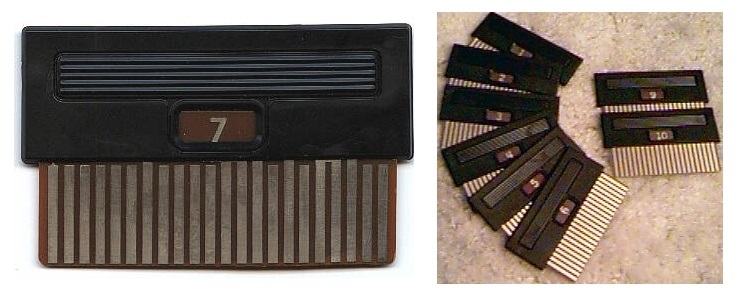
Ralph Baer also proposed the concept of “active cartridges” containing additional electronic components, adding more game features such as sound effects, variable network position, different ball speeds, etc. Unfortunately, this idea did not interest anyone. In retrospect, all manufacturers of ROM-based cartridges might have been required to pay Sanders partners if Baer registered a patent for his “active cartridges”.

"Content" cartridge. Cartridges did not contain a component, they were just “jumpers”.
Games
You can watch the game on the video, who is too lazy - below there are screenshots
Screenshots
Analogy
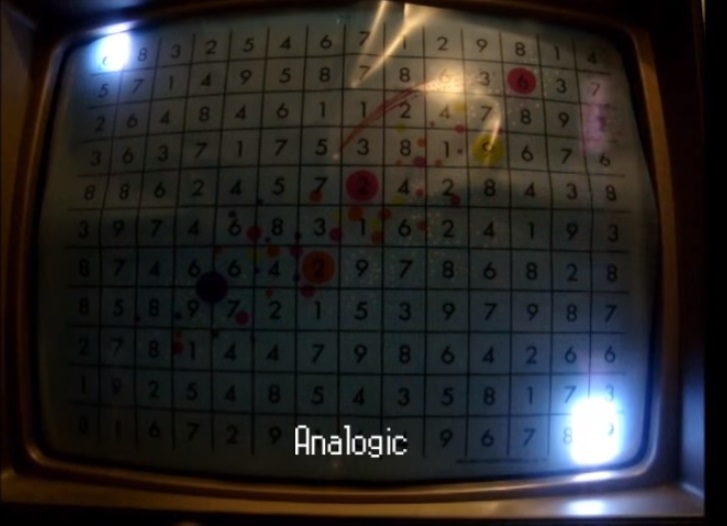
Cat and mouse

Football

Skiing

Hockey
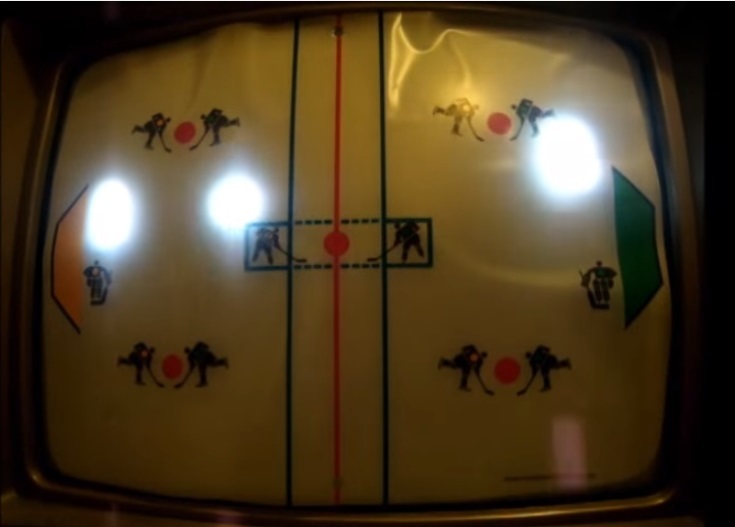
Roulette
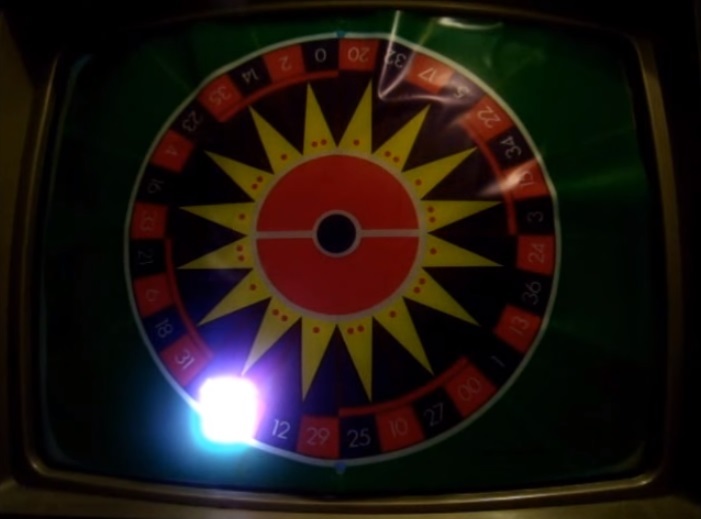
Simon says

For the TV was created nozzle with a map of the United States, and with the help of a joystick, you can specify any state.

In Submarine shooter, the submarine must sink the opponent's ship.


Cat and mouse

Football

Skiing

Hockey

Roulette

Simon says

States
For the TV was created nozzle with a map of the United States, and with the help of a joystick, you can specify any state.
Haunted house
One player plays the role of a detective who must find as many treasures in a haunted house as possible, and the second player must put the detective to do it as a cast.
In Submarine shooter, the submarine must sink the opponent's ship.

Chronology of the creation of the first console
1 Sept. 1966
I wrote a four-page document describing my plans for a simple video game.

6 Sept. 1966
Drew a game scheme for two players.

7 May 1967

14 June 1967
First light gun
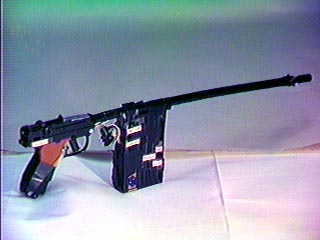
Oct-Nov 1967
Developed the Ping-Pong concepts with Bill Rusch and Bill Harrison (fellow engineers from Sanders Associates).
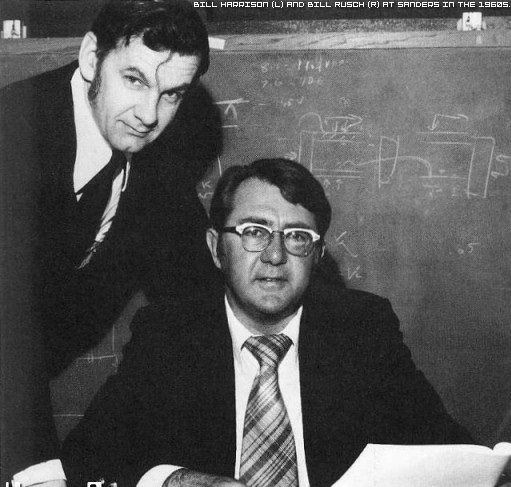
9-13 Nov 1967
Demonstration of the full-featured ping-pong game
15 Jan 68
The first patent for video games

1 Oct 1968
Demonstration of ping-pong, volleyball, soccer, shooters. Used translucent colored overlays on the TV.
Jan 1969
Added joystick and light gun. They demonstrated “Brown Box” (first fully-programmable, multi-player video game unit) to large television companies (producers) RCA, GE, Zenith, Sylvania, Magnavox, Warwick (Sears). Yes, TVs were produced in the USA at that time.
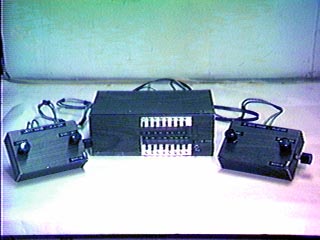
March 1970
License agreement with RCA was signed, and then canceled
17 July 1970
Demonstrated "Brown Box" company Magnavox. "It's a GO!"
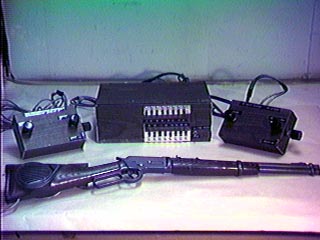
3 Mar 1971
Signed an agreement with Magnavox.
Mar-Sept 1971
Helped the engineers to make a “Brown Box” serial product. Signed an exclusive agreement.
March 1972
Magnavox showed the first video game on Odyssey for a large group of dealers.
The era of home games on a national scale has begun
(HOME VIDEO GAMES ARE LAUNCHED NATIONWIDE!)

[ source ]
How to present a super-innovative product, not so much in a turtleneck and sneakers, but sitting with legs thrown on the table.
Interview 2014
Today, March 8, is the birthday of Ralph Baer. He would have turned 94.
Together with the Edison company we continue the spring marathon of publications and congratulate all the girls on the holiday.
I will try to get to the primary sources of IT-technologies, to understand how they thought and what concepts were in the minds of the pioneers, what they dreamed about, how they saw the world of the future. Why did you think “computer”, “network”, “hypertext”, “intelligence amplifiers”, “collective problem solving system”, what meaning did they put into these concepts, what tools they wanted to achieve a result.
I hope that these materials will serve as an inspiration for those who are wondering how to go “from Zero to Unit” (to create something that had never happened before). I would like IT and “programming” to stop being just “coding for the sake of dough”, and recall that they were conceived as a lever to change the
0 March. Seymour papert
March 1. Xerox alto
March 2, "Call Jake." NIC and RFC history
March 3, Grace "Grandma COBOL" Hopper
March 4 Margaret Hamilton: "Guys, I'll send you to the moon"
March 5, Hedy Lamarr. And in the movie naked to play and torpedo the bullet into the enemy
March 7 Gorgeous Six: girls who had a thermonuclear explosion calculated
March 8, "Video Games, I'm your father!"
Source: https://habr.com/ru/post/278447/
All Articles